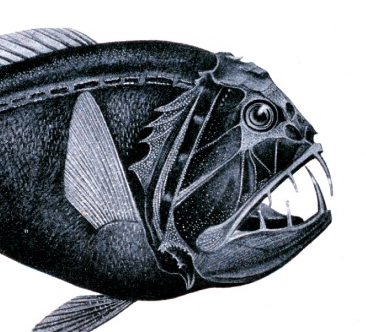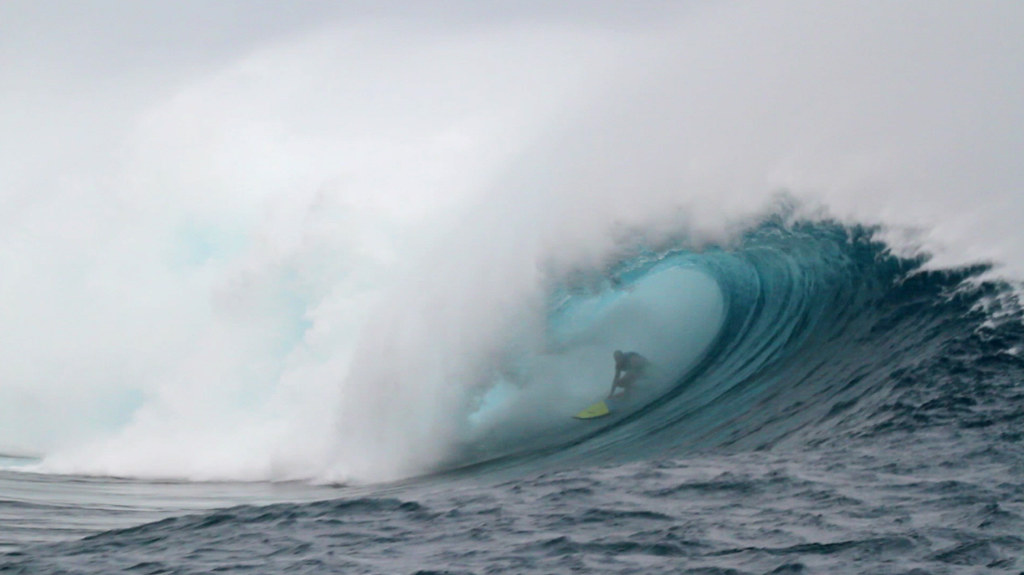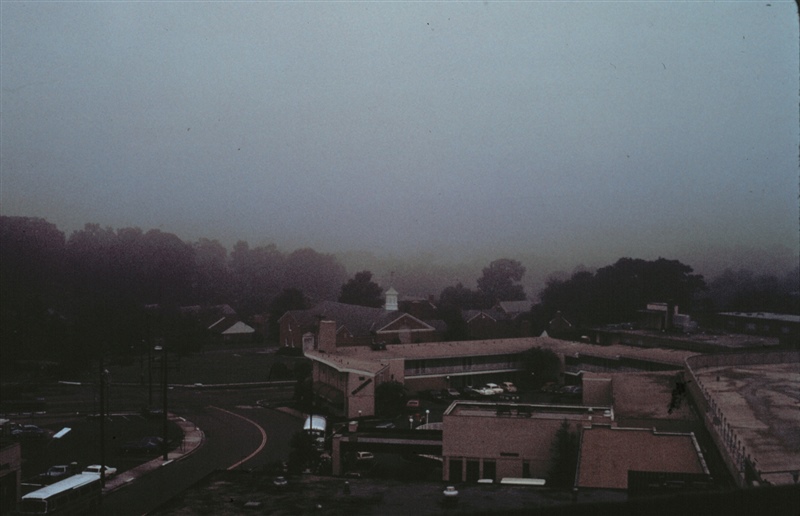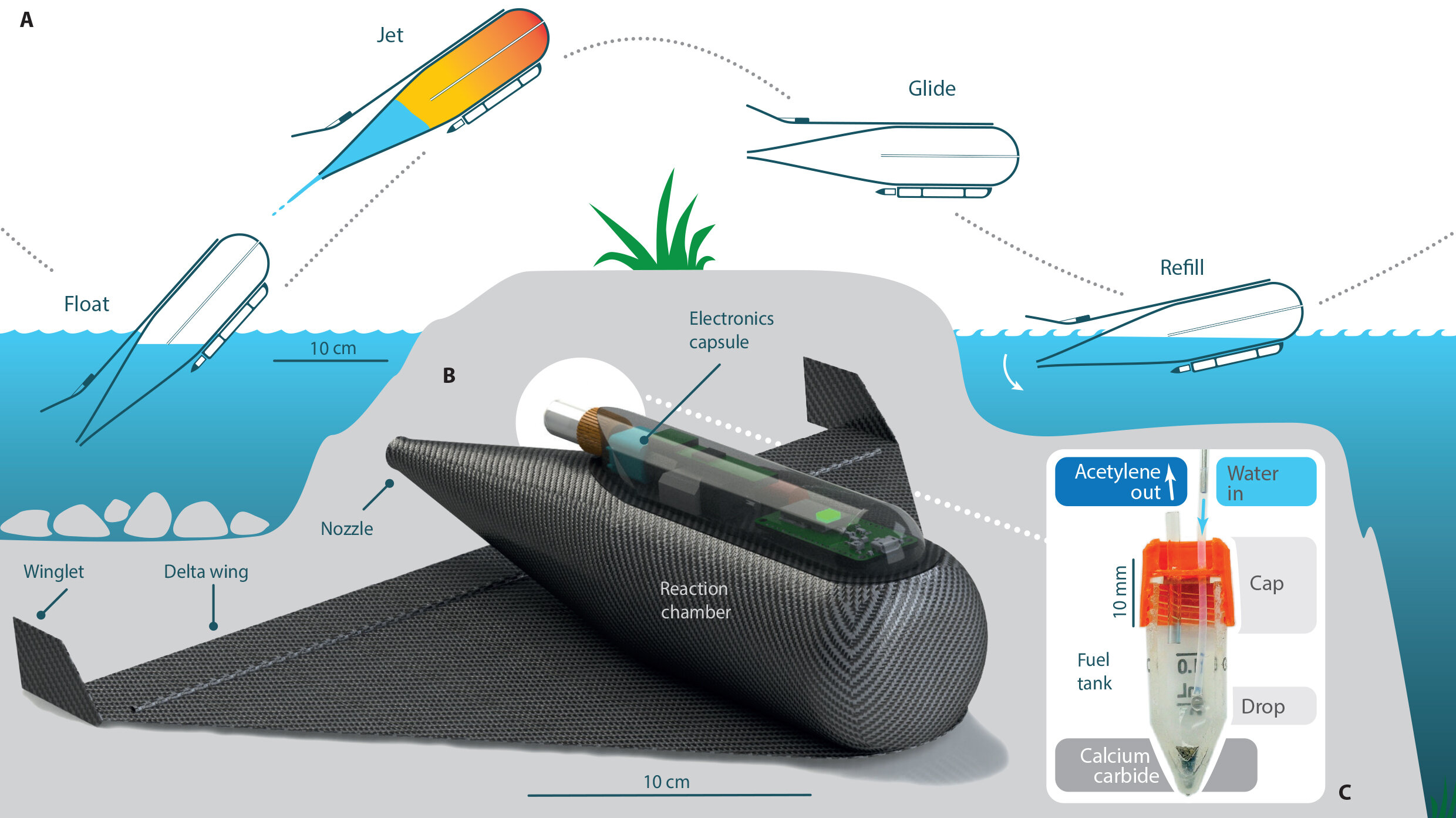Atmospheric Chemistry Atmospheric Science Chemistry Human Health
CRASH!: A Chemical Study of Sea Spray from Breaking Ocean Waves
With every wave that crashes on the beach, little particles known as sea spray fly up into the air. Because…






